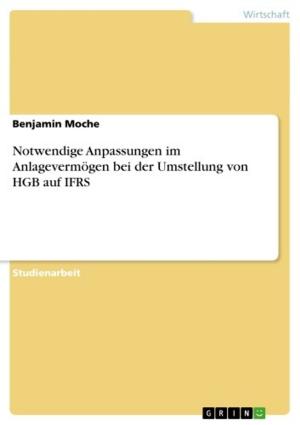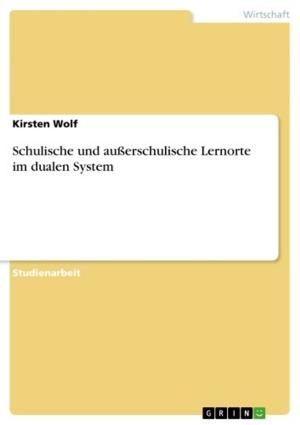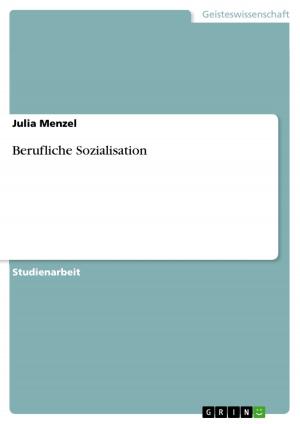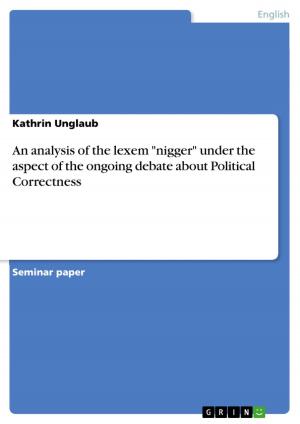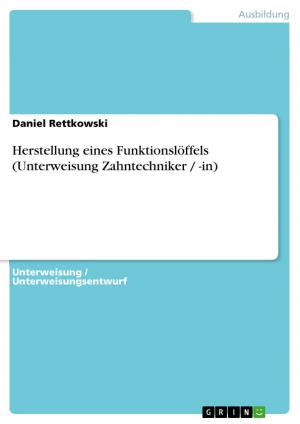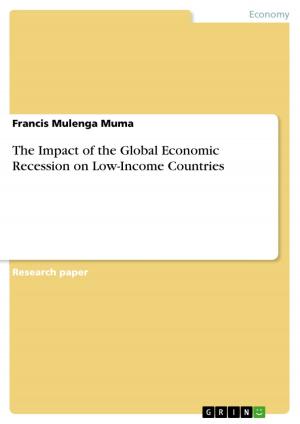Language assessment: Testing bilinguals?
Nonfiction, Reference & Language, Language Arts, Linguistics| Author: | Andreas Krumwiede | ISBN: | 9783638432153 |
| Publisher: | GRIN Verlag | Publication: | October 26, 2005 |
| Imprint: | GRIN Verlag | Language: | English |
| Author: | Andreas Krumwiede |
| ISBN: | 9783638432153 |
| Publisher: | GRIN Verlag |
| Publication: | October 26, 2005 |
| Imprint: | GRIN Verlag |
| Language: | English |
Seminar paper from the year 2003 in the subject Speech Science / Linguistics, grade: 1,7, Free University of Berlin (John-F.-Kennedy-Institut / Abteilung Sprachwissenschaften), course: HS Language Policy and Language Use in Multicultural Societies, 15 entries in the bibliography, language: English, abstract: In the last decades, the number of bilingual children in German schools, most of them elective bilinguals, has continually increased. Numerous migrants and immigrants of all nationalities and of e.g. Russian and Turkish origin have raised their children in Germany while many of them never really learned to speak German as a second language (L2) additionally to their first language (L1). It is these kids of the second (or third) generation who are born as German citizens, receive German schooling and grow up bilingual. At home, often the native tongue of the parents is spoken. Due to being enclosed in a cultural community within their German community, they never learned to speak, read or write German properly. So the popular language at home remains the parents' L1. The children are usually and according to law raised and educated in German institutions (kindergarten, school). They pick up German as a second language, if for example Turkish or Russian is mainly spoken at home. Or they even learn German as L1, when one or both parents have a sufficient command of the German language. 'Bilingualism in migrant communities differs from the more stable and (to some extent) institutionally legitimized types of bilingualism [...] Characteristically, it spans three generations, the oldest speaker sometimes being monolingual in the community language, the economically active generation being to varying degrees bilingual but with greatly differing levels of competence in the host language, while children born in the host community may sometimes be virtually monolingual in the host language' (Milroy and Muysken 1995, p. 2). These are two examples of possible bilingualism as they can be found with the children of migrant and immigrant families. So the reality in most of Berlin schools is that, depending on the district, a high to very high percentage of the pupils in school are 'Schüler-nicht-deutscher-Herkunftssprache'1. Recently a test has been designed to evaluate the skills of children who enter elementary school. This test, 'Bärenstark', will be critically discussed later in this paper. As a matter of fact, the importance of testing verbal skills seems to grow in Germany.
Seminar paper from the year 2003 in the subject Speech Science / Linguistics, grade: 1,7, Free University of Berlin (John-F.-Kennedy-Institut / Abteilung Sprachwissenschaften), course: HS Language Policy and Language Use in Multicultural Societies, 15 entries in the bibliography, language: English, abstract: In the last decades, the number of bilingual children in German schools, most of them elective bilinguals, has continually increased. Numerous migrants and immigrants of all nationalities and of e.g. Russian and Turkish origin have raised their children in Germany while many of them never really learned to speak German as a second language (L2) additionally to their first language (L1). It is these kids of the second (or third) generation who are born as German citizens, receive German schooling and grow up bilingual. At home, often the native tongue of the parents is spoken. Due to being enclosed in a cultural community within their German community, they never learned to speak, read or write German properly. So the popular language at home remains the parents' L1. The children are usually and according to law raised and educated in German institutions (kindergarten, school). They pick up German as a second language, if for example Turkish or Russian is mainly spoken at home. Or they even learn German as L1, when one or both parents have a sufficient command of the German language. 'Bilingualism in migrant communities differs from the more stable and (to some extent) institutionally legitimized types of bilingualism [...] Characteristically, it spans three generations, the oldest speaker sometimes being monolingual in the community language, the economically active generation being to varying degrees bilingual but with greatly differing levels of competence in the host language, while children born in the host community may sometimes be virtually monolingual in the host language' (Milroy and Muysken 1995, p. 2). These are two examples of possible bilingualism as they can be found with the children of migrant and immigrant families. So the reality in most of Berlin schools is that, depending on the district, a high to very high percentage of the pupils in school are 'Schüler-nicht-deutscher-Herkunftssprache'1. Recently a test has been designed to evaluate the skills of children who enter elementary school. This test, 'Bärenstark', will be critically discussed later in this paper. As a matter of fact, the importance of testing verbal skills seems to grow in Germany.

